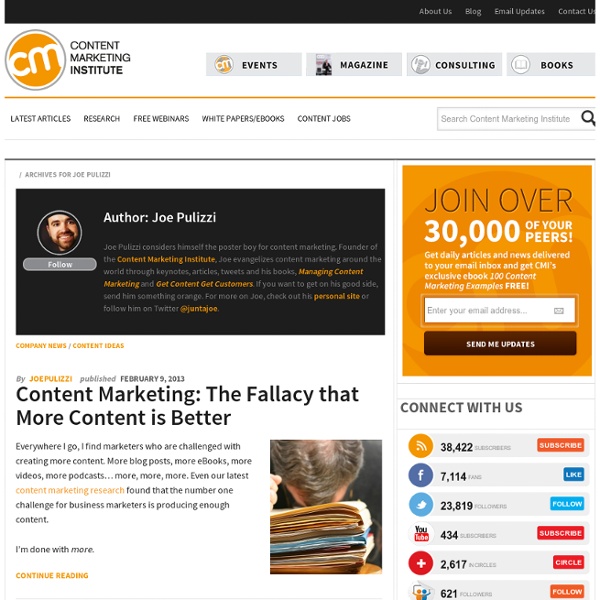



5 Steps to Content Syndication for the Channel | TIE Kinetix CSP TIE Kinetix CSP offers comprehensive content syndication to companies in a vast array of industries through a unique web syndication platform. The TIE Kinetix Content Syndication Platform holds a simple five step process: the collection of content, the management of digital assets, the syndication of rich digital marketing materials, the activation of the channel and reporting. By following these steps, the content owner not only strengthens and extents their reach throughout the distribution channel, but also gains hard analytical data about how their content is performing. Step A: Collection of Content During the “Collection” phase all information is gathered and structured in a way that allows it to be most successfully syndicated and pushed out onto subscribing partner websites. Step B: Management of Digital Assets During the “Management” phase of the web syndication process manufacturers can manage content from inside the system. Step E: Real-time Reporting
Key Aspects of Developing Engaging e-Learning – Part 2 — The New Learner The frameworks (cognitive, emotional, and individual) suggest the following principles for content and learning: • The learning should focus on important skills that the learner leaves with. Learning should make a difference in their ability to meet their own goals, and it should be actionable. Teaching just abstract knowledge or frameworks leaves people with what cognitive science calls “inert knowledge” that learners can pass tests on, but don’t access at appropriate application situations (it may be retained, but it isn’t transferred). • The learning should provide compelling situations that drive learners to the knowledge, rather than rote memorization of information, and that requires the knowledge in ways that learners understand are important. • The learning should be model-based, providing learners with knowledge and frameworks that guide performance. Practices Those principles suggest the following practices: Content Given these principles, how should we design content?
Key Aspects of Developing Engaging e-Learning – Part 1 — The New Learner This document outlines our proposed instructional design strategy for e-learning projects. It also describes the implementation of this strategy. This document is based on: • Research and findings drawn from fields such as e-learning, instructional design, and cognitive psychology. • Our accumulated knowledge of what works and what doesn’t. • The business realities of projects such as these; in other words, on the need to work efficiently and get the most “bang for the buck” for the training we develop. • The necessity of creating e-learning that not only works in one language, but can be developed in multiple languages. Framework E-learning design is not like other instructional design. • Retention of knowledge until the opportunity to apply the learning occurs • Transfer of knowledge to all appropriate application situations, regardless of whether the situation was seen in the learning experience. learning theory. Cognitive What is the best way for people to learn? 3 Carroll, J.